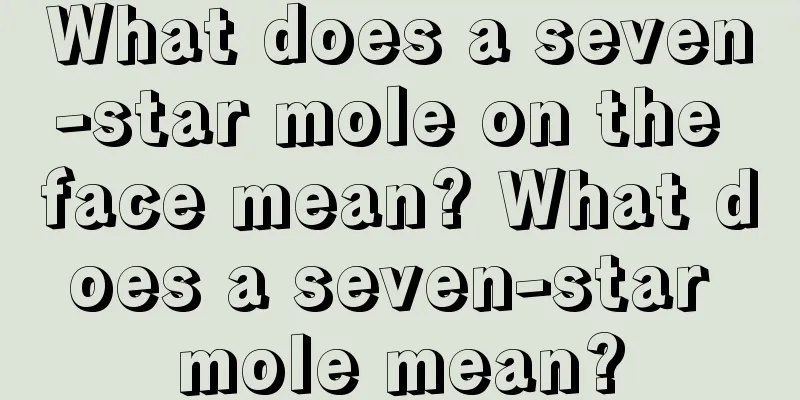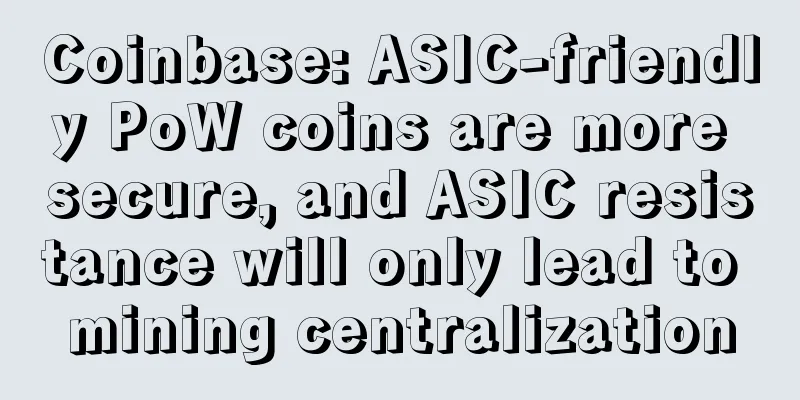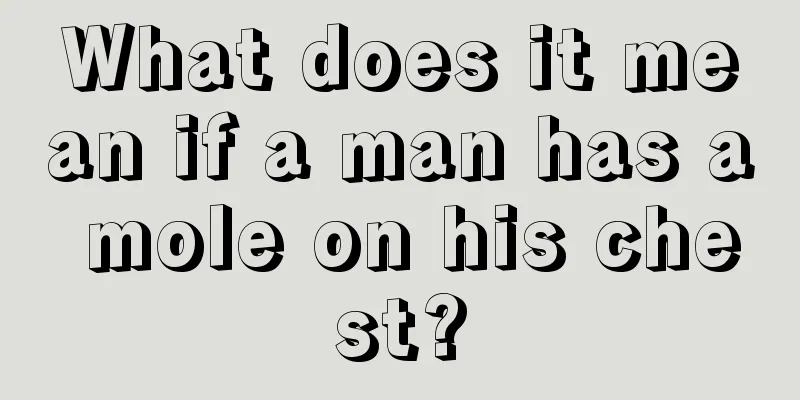Ethereum 2.0 has completed its last test "rehearsal", and the next stop is 2.0

|
Key points:
Danny Ryan, who leads research efforts for the Ethereum 2.0 testnet at the Ethereum Foundation, told Decrypt that today’s Zinken testnet launch is going well. Zinken is the last test “rehearsal” before the genesis of Ethereum 2.0, that is, the creation of the first block in the new chain before the PoS network goes live. Zinken was released on the heels of the previous testnet, Spadina, which failed to launch as planned on September 29 due to low user participation and some minor client errors. Ryan said that after today’s successful rehearsal, “client teams are completing audits and making final preparations for mainnet launch.” Next stop: Ethereum 2.0. Like Spadina, the Zinken testnet is also focused on correctly implementing the genesis block. In order to launch the Ethereum 2.0 blockchain, the network first needs to have more than 16,000 validators (users running the software) and 500,000 ETH staked. For practical reasons, the Spadina and Zinken testnets reduce the required amount. The Zinken testnet, along with the Medalla testnet, which aims to replicate a fully functional Ethereum 2.0 blockchain (but with valueless test tokens for real users), represents an effort by Ethereum developers to make the blockchain transition to proof-of-stake at scale. PoS will result in faster transaction speeds — 150,000 transactions per second, up from 150,000 now. The end result is a more responsive network and cheaper prices. Scalability is crucial if the Ethereum network is to survive in the long term. It has been struggling with network congestion, which has been exacerbated by the popularity of DeFi applications. Meanwhile, current networks are shutting out DeFi aspirants. Last week, for example, the Solana blockchain announced a bridge to Ethereum that will allow it to siphon users (temporarily or permanently) off the Ethereum blockchain. More drastic competitors like Polkadot are seeking to replace the Ethereum blockchain entirely. Despite the suspension of the Spadina testnet, there is great optimism about the successful implementation of Ethereum 2.0. As of September 28, the Medalla testnet had attracted 60,000 validators and nearly 2 million test ETH. According to Ryan, these numbers have since increased by approximately 75,000 validators and 2.4 million test ETH. Developers are already creating tools for the upcoming network. Just today, Prysmatic Labs announced the web interface for its Prysm Eth2 client. Ryan said that while the Zinken testnet will continue to run for a few more days, it has already achieved its purpose. “Genesis is going well, which was the main goal we were looking for.” Now it's time to test the real thing. |
>>: Chang Yong: The success of DeFi lies in decentralization
Recommend
What kind of face is the best for a man to have good fortune?
Everyone hopes to be a blessed person, but in fac...
What kind of palm lines can help men make a lot of money?
What kind of palm lines can help men make a lot o...
Bitcoin Hard Fork: Bitcoin Gold Aims to Disrupt Mining Market
FX168 Financial News Agency (Hong Kong) reported ...
How to tell the thickness of a woman's lips
First of all, the mouth is one of our five facial...
【IPFS Weekly 101】HackFS has entered the finals
Subscribe to the English original I PFS weekly ne...
You must know the facial features of people with violent tendencies!
Some people disguise themselves very well during ...
Bloomberg: A key indicator suggests Bitcoin price will break $12,000
Bloomberg is optimistic that Bitcoin price will s...
Focus on Davos: Global Blockchain Business Council (GBBC) was established, with heavyweight members from many countries participating
The four-day 2017 Davos Forum is coming to an end...
Is it good to have a big mouth?
A man with a big mouth eats all over the world, w...
A "crazy family" in the Netherlands sold all their belongings to invest in Bitcoin
Dutch man Didi Taihuttu and his family Sina US St...
Observation | The central bank is actively and steadily developing digital RMB, and the pilot program is expected to accelerate
event On August 3, the central bank held a video ...
Crypto Billionaire: My goal is to figure out how to have the biggest impact on the world
If greed is good, then Sam Bankman-Fried is elite...
BTCC suffered a DDoS extortion attack and the ransom increased to 30 Bitcoins
According to the topic discussion on Reddit, a BT...
How the hair parting direction reflects a person's personality
In physiognomy , a person’s appearance can reveal...
Is it good for a girl to have a mole on her back? It depends on the location
For a person, the back is a blind spot, so many p...









